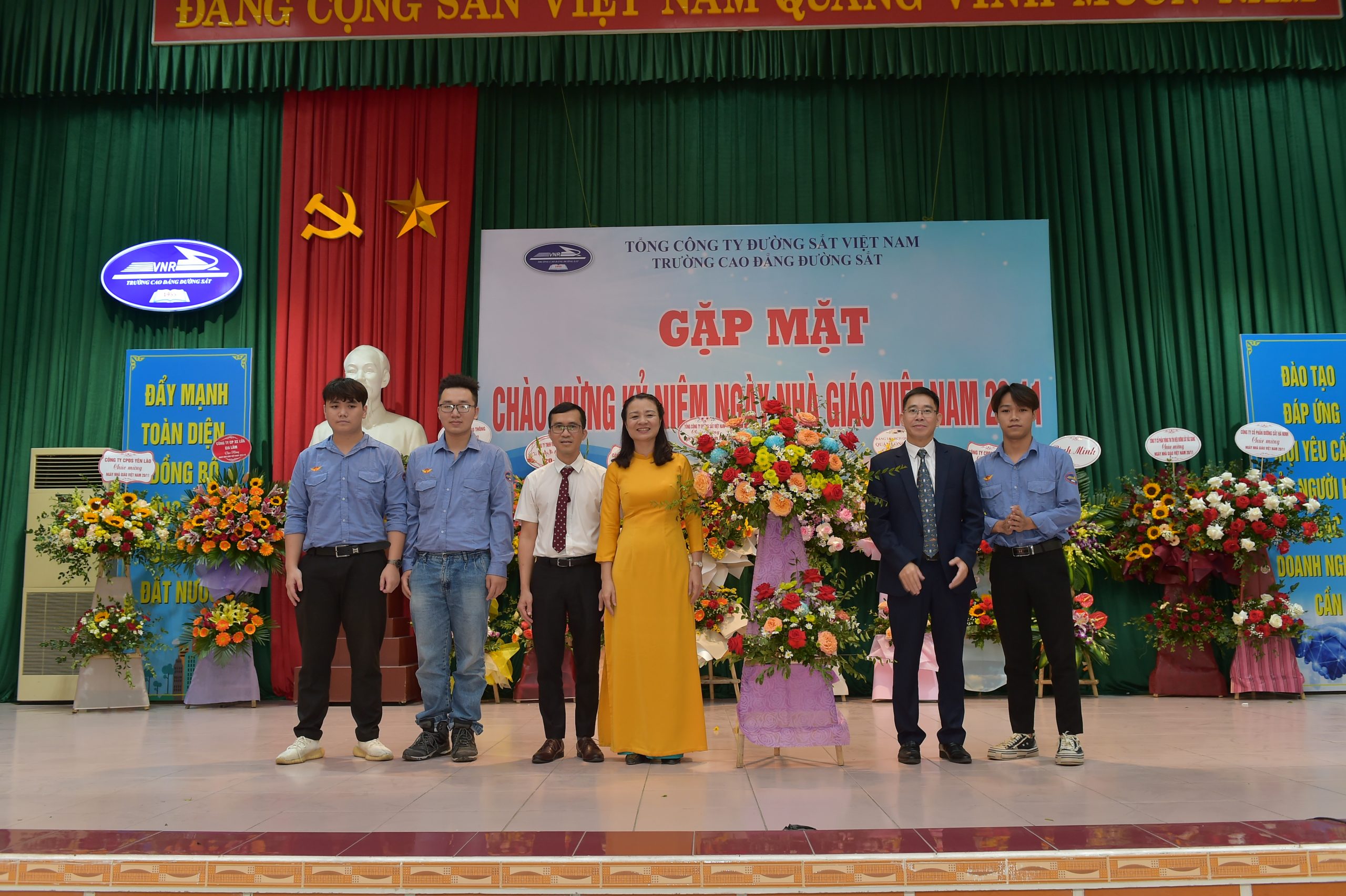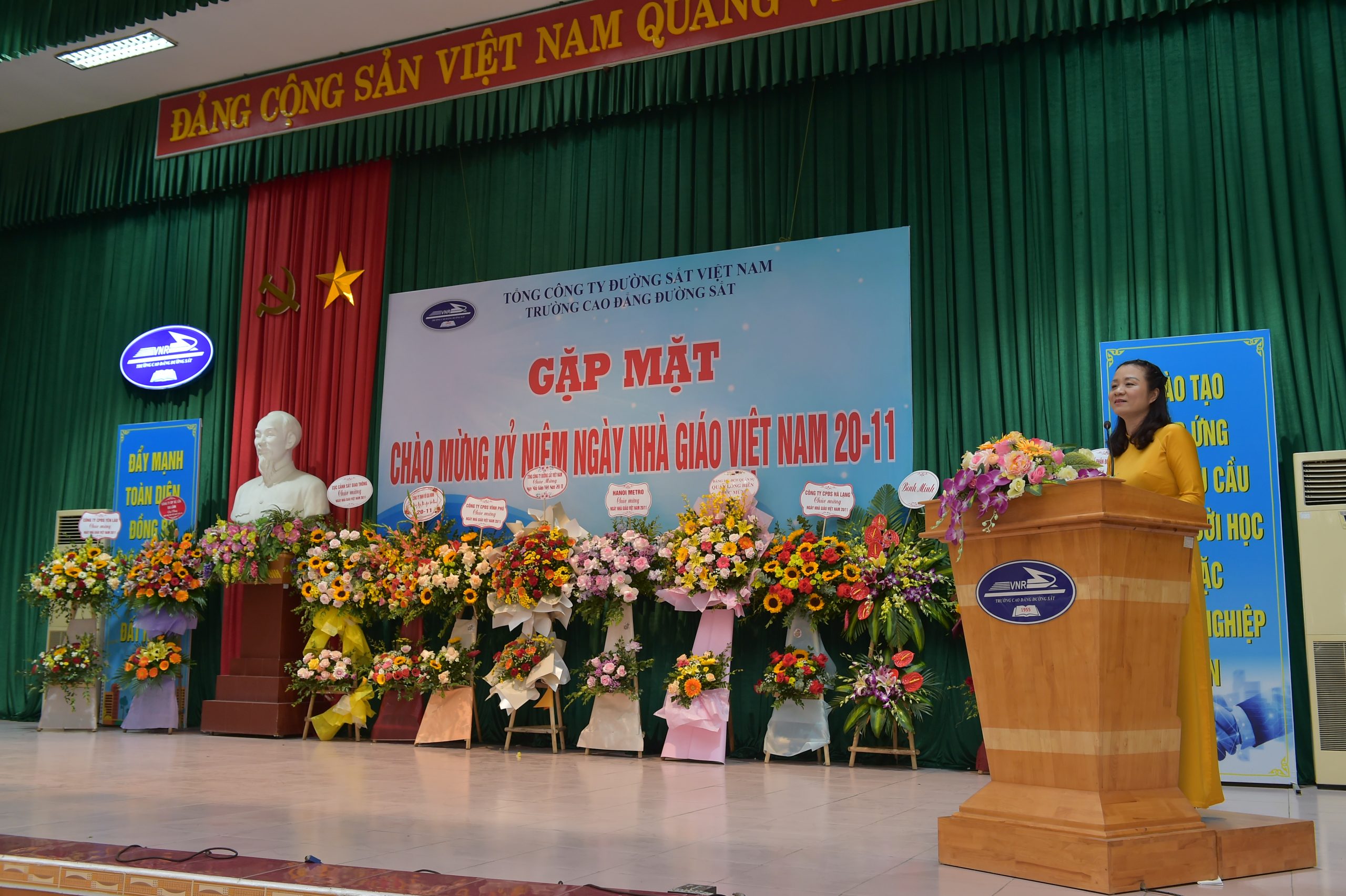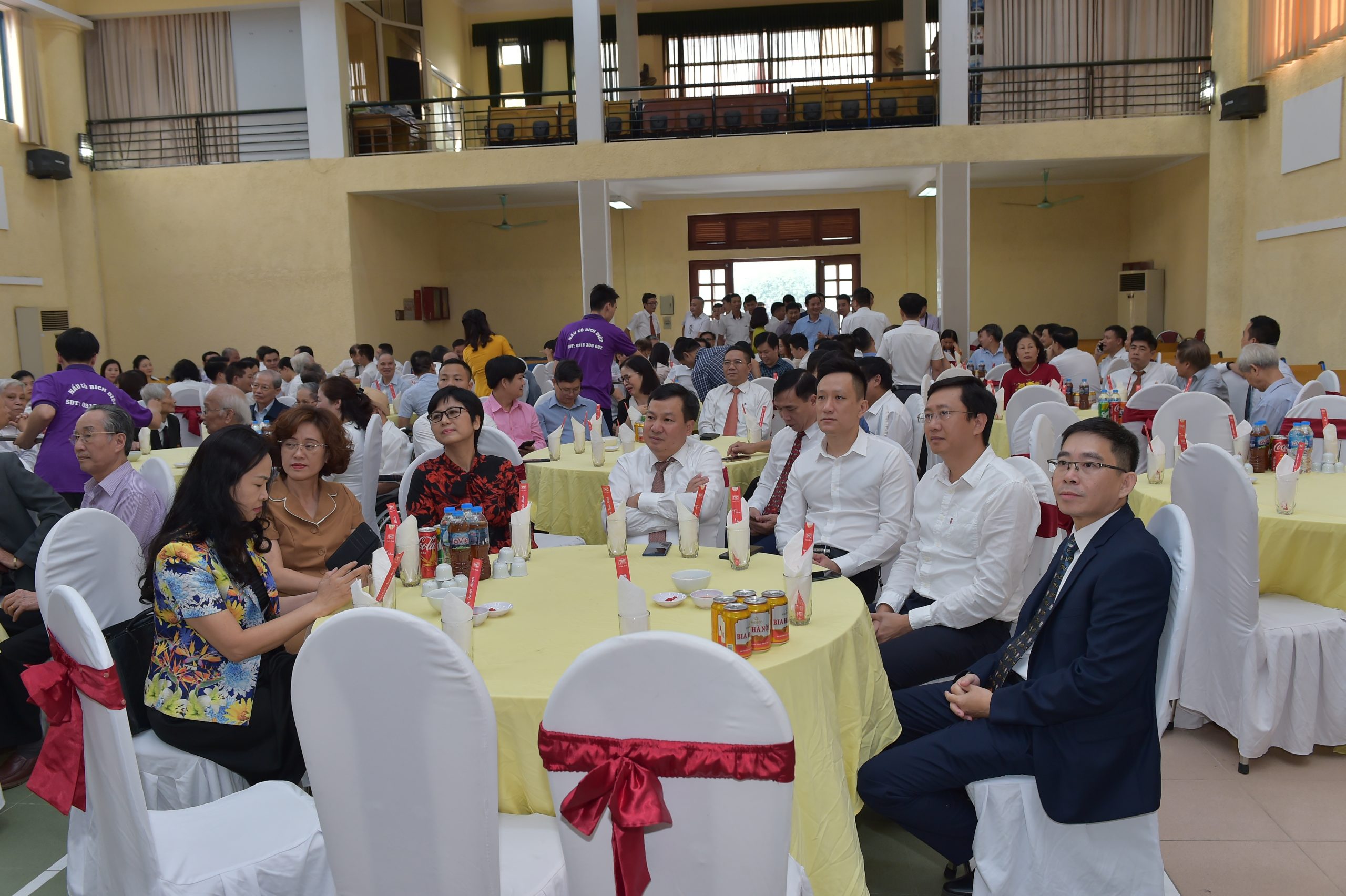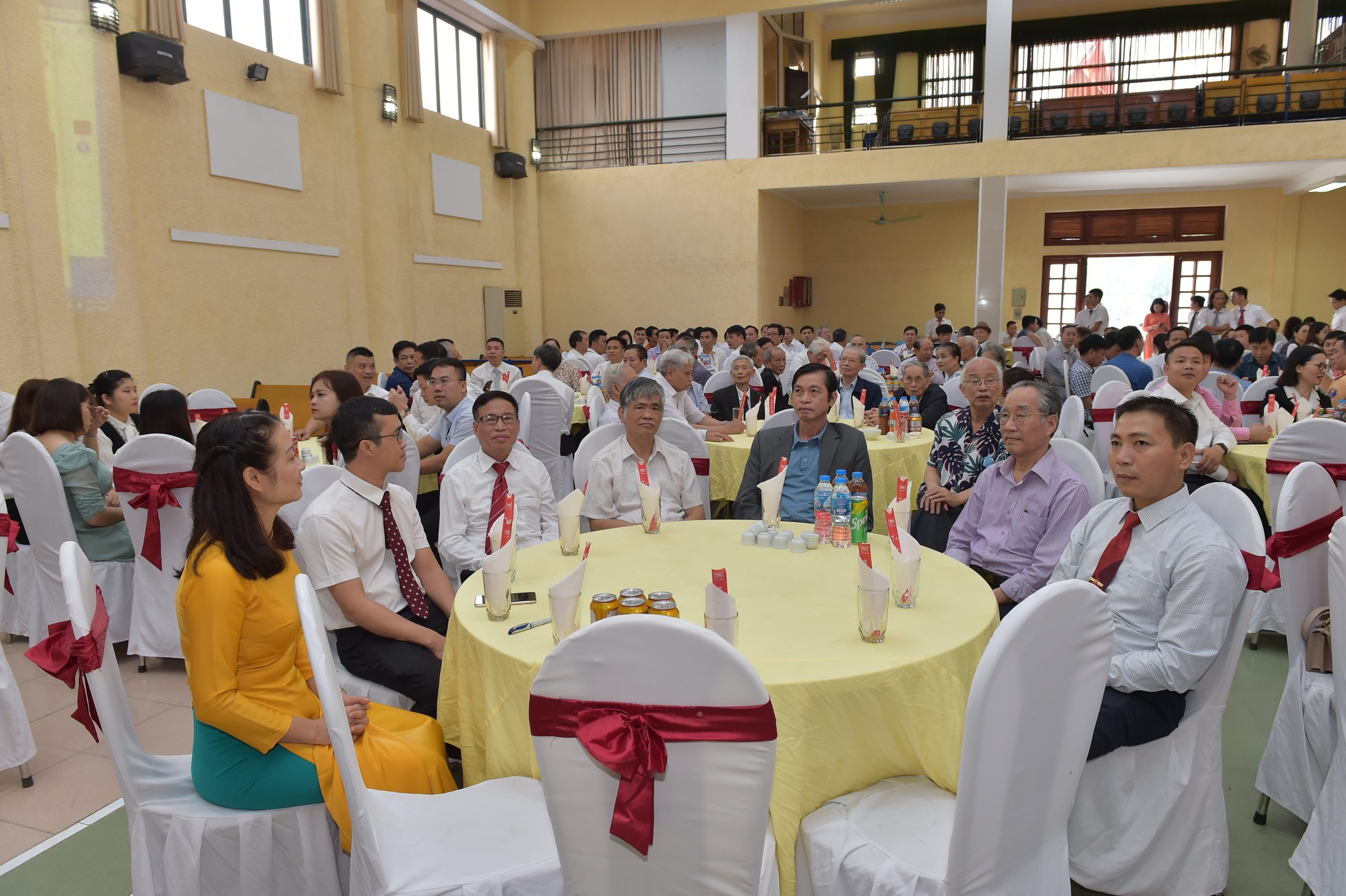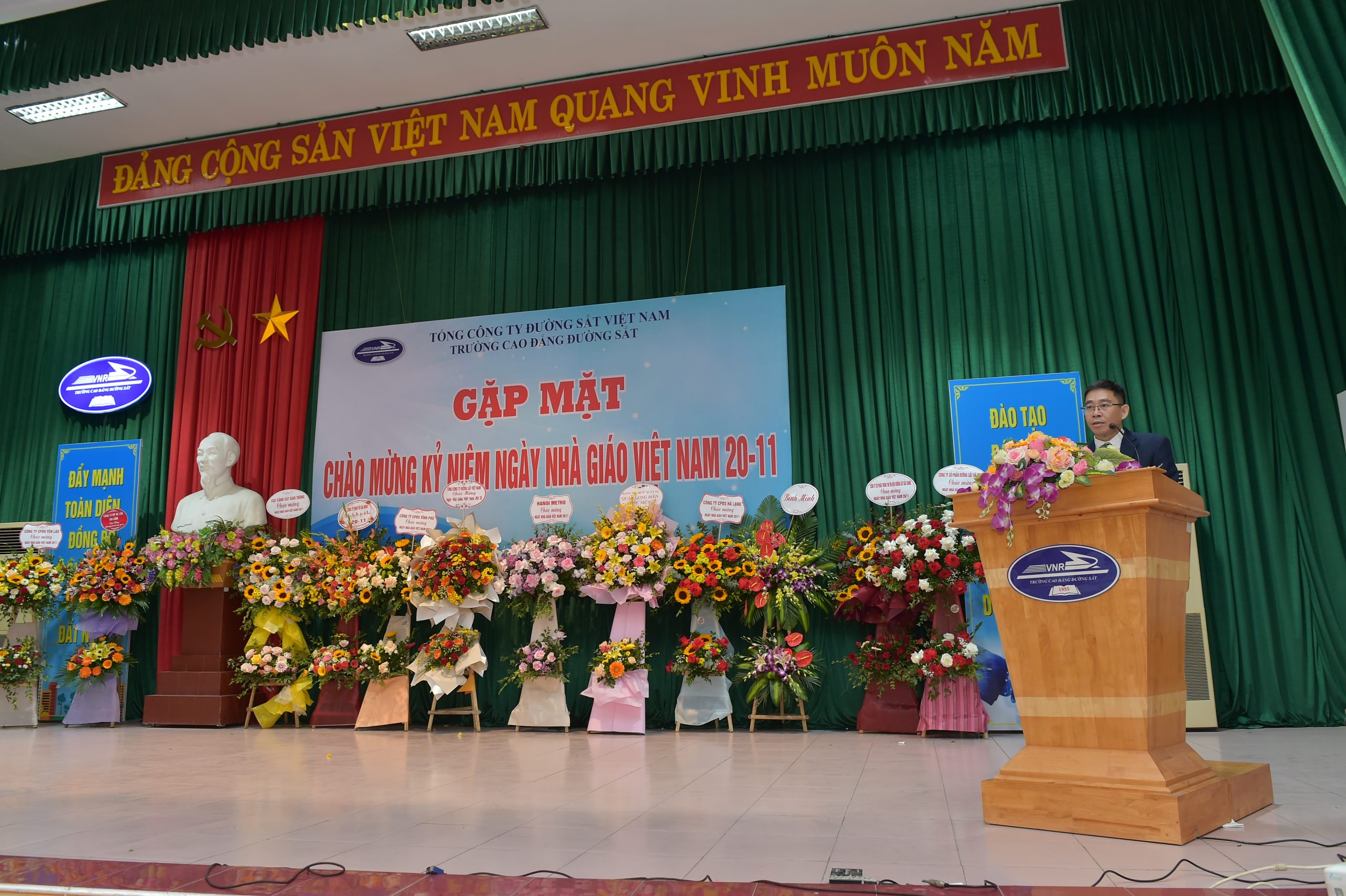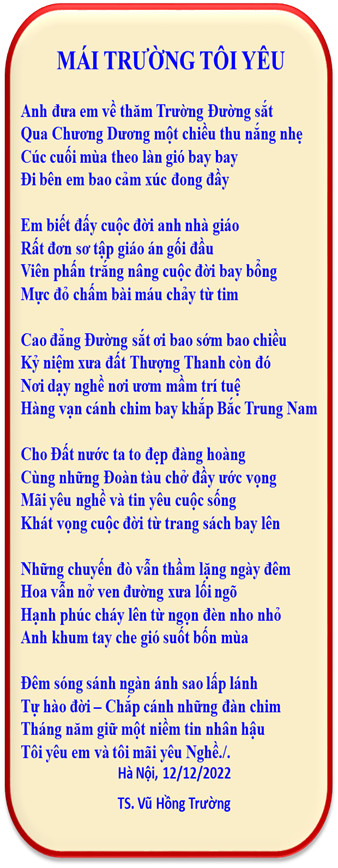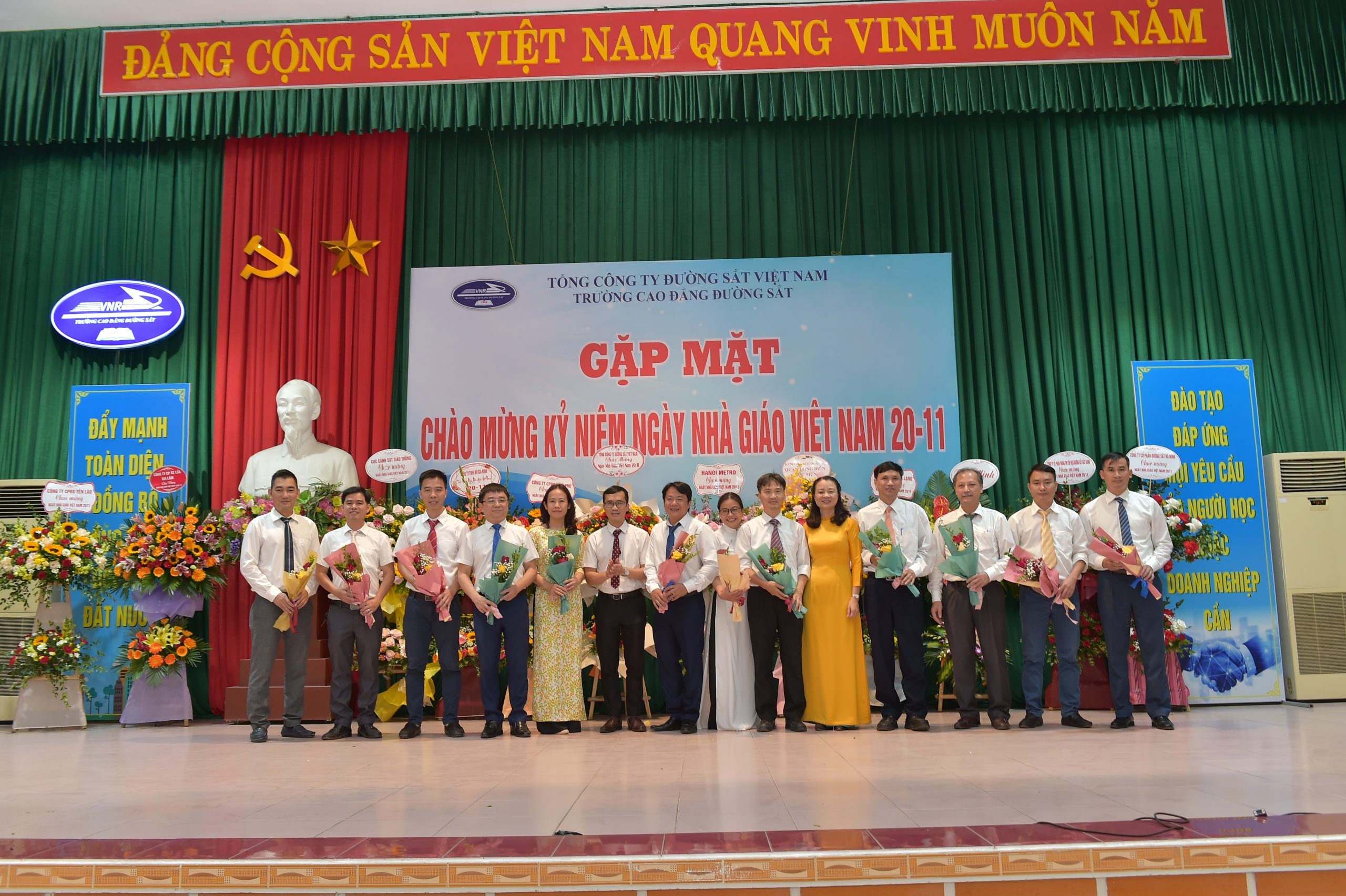To evaluate general, general homophily within pairs of friends, we calculated the kinship coefficient (21)
To evaluate basic, general homophily within pairs of buddies, we calculated the kinship coefficient (21) (the likelihood that two alleles sampled at random from two people are identical by state), a measure cam4ultimate this is certainly corresponding to half the relatedness measure found in genome-wide trait that is complex (GCTA) draws near (22) (even though the pairs of buddies listed below are maybe maybe not actually associated). Good values because of this measure suggest that genotypes are absolutely correlated, and negative values suggest that two people are perhaps not associated and, in reality, generally have opposing genotypes. To determine heterophily, we calculated the probability that is empirical two people have opposing genotypes at a given SNP, measured by the percentage of SNPs which is why neither allele is identical by state.
For contrast, we also calculated these measures for all“stranger that is nonkin pairs with the exact exact same pair of 1,932 topics who will be into the buddies test.
For contrast, we additionally calculated these measures for all nonkin “stranger” pairs utilizing the exact same collection of 1,932 topics who’re within the buddies test. After getting rid of kin (who is able to, of course, be identified using genotyping) and after eliminating pairs that has a social relationship (i.e., friends, partners, etc. ), we identified 1,196,429 complete complete complete stranger pairs (SI Appendix). Fig. 1A demonstrates the circulation of kinship coefficients for buddies is shifted appropriate in accordance with the strangers. A easy difference-in-means test implies that buddies are usually far more genetically “related” than strangers (+0.0014, P ?16 ), and, being a benchmark, how big is the huge difference roughly corresponds to your kinship coefficient we might expect for 4th cousins (0.0010). This huge difference is not explained by the ancestral structure associated with the test or by cryptic relatedness considering that the same individuals are found in both the friends and strangers examples (the thing that varies is the group of relationships that we can be sure these pairs of friends are not, in fact, distant cousins because they are strictly unrelated and there is no identity by descent between them); and we emphasize again. Meanwhile, Fig. 1B demonstrates buddies additionally are apt to have less SNPs in which the genotypes are precisely reverse (–0.0002, P = 4 ? 10 ?9 ). These two outcomes suggest that pairs of (strictly unrelated) friends have a tendency to be much more genetically homophilic than pairs of strangers through the exact same populace, however the weaker outcomes for contrary genotypes declare that this basic propensity toward homophily can be obscuring a propensity for a few particular components of the genome to be heterophilic.
- Down load figure
- Start in brand brand new tab
- Down load powerpoint
Buddies display notably more homophily (good correlation) than strangers in genome-wide measures. Overlapping thickness plots show that, compared to strangers, buddies have (A) greater kinship coefficients and (B) reduced proportions of contrary genotypes (SNPs which is why neither allele is identical by state) in 1,367 relationship pairs and 1,196,429 stranger pairs seen in the set that is same of (SI Appendix). An average of, buddies have kinship coefficient that is +0.0014 higher than buddies, a value that corresponds to your relatedness of 4th cousins. P values come from difference-in-means tests (SI Appendix).
The outcome to date try not to get a handle on for populace stratification because we desired to characterize similarity that is overall. Nonetheless, you should keep in mind that a number of the similarity in genotypes could be explained by easy assortment into relationships with individuals who’ve exactly the same background that is ancestral. The Framingham Heart research consists of mostly whites ( ag e.g., of Italian lineage), so it’s feasible that the easy choice for ethnically comparable other people could give an explanation for outcomes in Fig. 1. But, when you look at the results that are following we applied strict settings for populace stratification to make sure that any correlation we observed wasn’t because of such an ongoing process.


